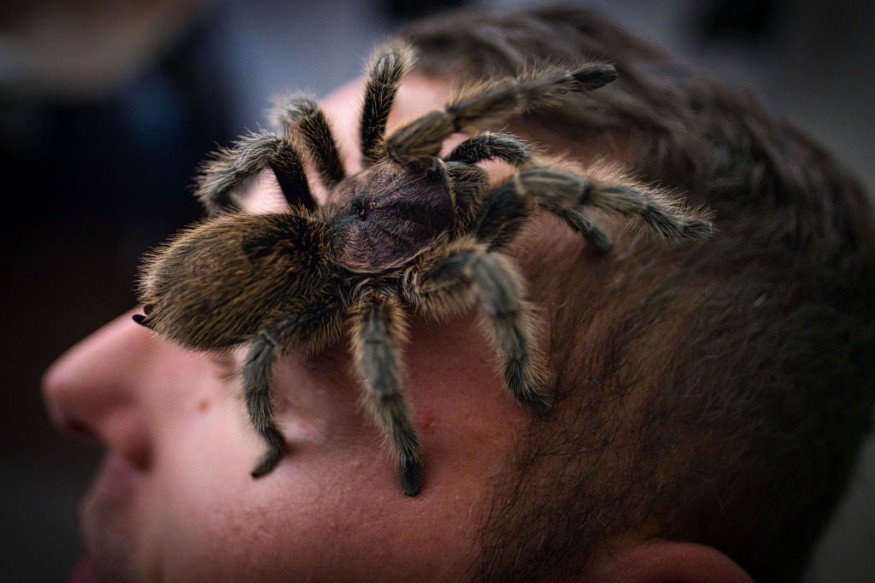
According to authorities, tarantulas are out and about at this time of year in San Diego since it is their mating season and possibly their final year of existence.
Swarm of Tarantulas in San Diego
Thousands of tarantulas will come out of hiding to look for love throughout San Diego County. They will be fuzzy, creepy, and possibly in the line of sight of most people.
Between August and September, two distinct species of San Diego native tarantulas usually start looking for a partner.
The California Black Tarantula, as well as the San Diego Bronze Tarantula, are the two most prevalent tarantula species in San Diego County.
Tarantula Mating Season
Although the two species are typically docile and might be kept as pets, they also can bite and sting when threatened.
The San Diego Natural History Museum advises against handling the California Black Tarantula because of its potentially painful and difficult-to-remove barbed hairs.
A male tarantula is most likely just looking for a mate in its final year or two of life, according to the San Diego Zoo Wildlife Alliance, even though it's natural to feel fear when you come into contact with the arachnids.
This isn't because they occasionally get eaten by their female counterparts after mating; rather, it's because they only live for about five to seven years after they reach sexual maturity.
...And Brooding Season
Female tarantulas, on the other hand, can happily live and lay eggs for up to 25 years.
The female tarantula spins a silk cocoon in her web for her eggs, according to the San Diego Zoo.
She covers the cocoon with silk after laying her eggs, which could number between 75 and 1000, and then waits for 6 to 9 weeks for the embryos to develop.
When they are two to three weeks old, they start moving on their own.
According to authorities, there is no need to be afraid of tarantulas as long as they do not feel threatened.
Also Read : Invasive Yellow-Legged Hornet Reported in Georgia Could Threaten Local Honey Production, Agriculture
Some Fun Tarantula Facts:
- The largest spiders in the world are tarantulas. In Africa and South America, they are also known as hairy spiders and baboon spiders. Theraphosa blondi, a male Goliath bird-eating spider, was the largest tarantula, with a leg span of 11 inches.
- The males of the genus Avicularia have smaller tarantulas with 4.5-inch leg spans.
- Blood clots may be treated medically with tarantula venom.
- Spiders cannot consume solid food, therefore they ingest their victims by pumping digestive fluids into them.
- When threatened, the king baboon spider hisses by rubbing the structures on its mouthparts together.
- A tarantula prefers to avoid human contact over biting them
- A female tarantula hawk (a sizable, lone wasp) can locate a tarantula, sting it, and transport its unconscious body to a specially constructed tunnel. She places one egg on the spider's body after entering the burrow. The tarantula is consumed by the larva as it hatches.
© 2025 NatureWorldNews.com All rights reserved. Do not reproduce without permission.





